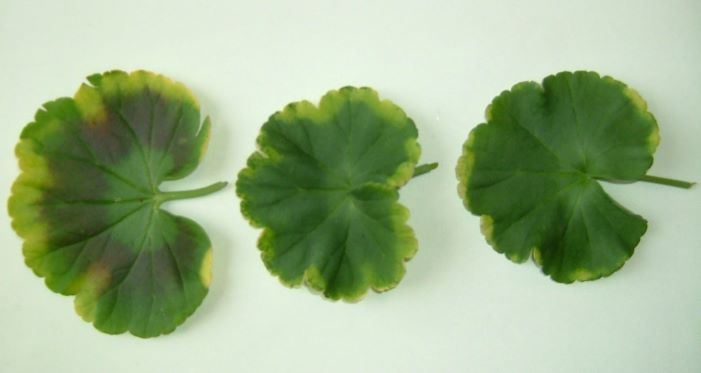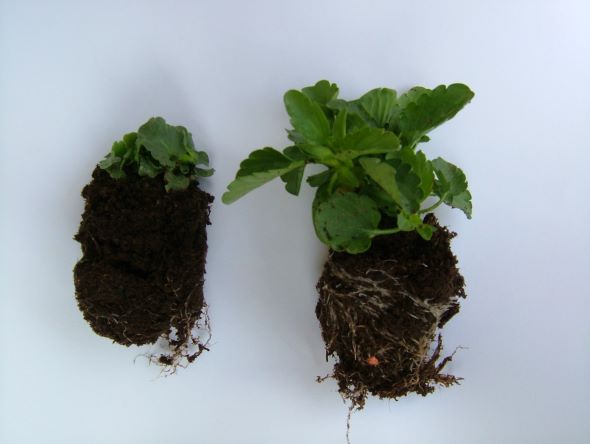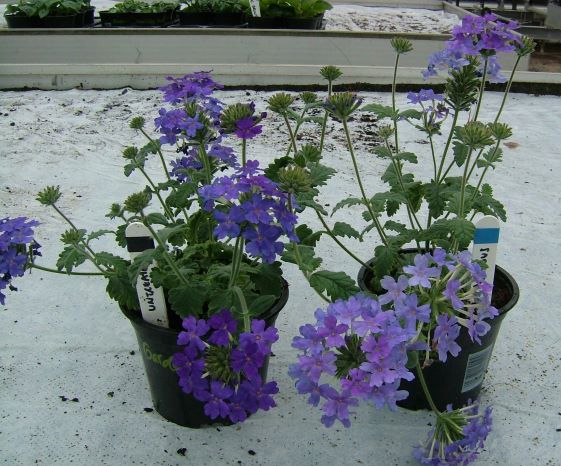Please click here to access the main AHDB website and other sectors.
- Home
- Knowledge library
- Potential adverse effects of chemical plant growth regulator applications
Potential adverse effects of chemical plant growth regulator applications
Potential adverse effects of PGR applications include leaf yellowing, plant stunting, delayed flowering and petal bleach, all of which will negatively impact final plant quality.
Phytotoxic effects have been noted on some plant species following application of PGRs, including foliage discolouration, leaf crinkling, growing point distortion and stunting. Often symptoms can be related to incorrect rates or water volumes, or poor application technique.
In terms of individual active ingredients, chlormequat can give rise to leaf edge yellowing, leaf spotting and crinkling when applied at high rates. Chlorosis can be minimised through the use of an approved non-ionic wetter. Daminozide phytotoxicity is not seen often, but symptoms include flower stem stunting and a delay in crop development. Phytotoxic effects resulting from paclobutrazol include leaf necrosis and crinkling, hardening of the growing point and stunting, particularly if applied to sensitive plants, such as Begonia. Stunting can be permanent, particularly where paclobutrazol is applied to young plants too soon.
Leaf margin chlorosis in geranium following a high rate chlormequat application

Courtesy and copyright of ADAS Horticulture.
Severe stunting (left) in pansy following over application of paclobutrazol

Courtesy and copyright of ADAS Horticulture.
Flowering
Delayed flowering was noted in some species following daminozide and paclobutrazol application in AHDB project HNS 103b. Late application of PGRs can also result in reduced flower size and reduced flower stem length, so that the flowers are no longer held clearly above the leaf canopy.
Petal bleach
Petal bleach has been observed in Begonia, Dahlia, Lavandula and Verbena following application of Moddus or Regalis. The effect is due to their impact on anthocyanin formation. Care should be taken when applying these products, earlier applications may limit the bleaching effect.
Petal bleach in Verbena in response to Moddus (left untreated, right treated)

Courtesy and copyright of ADAS Horticulture.
Useful links
Phytotoxic symptoms are also covered in the AHDB Bedding and Pot Plants Crop Walkers’ Guide.
Further symptoms can be found in the AHDB Bedding and Pot Plants Walkers' Guide
Authors
Authors – Chloe Whiteside, Jill England and David Talbot. ADAS Horticulture.
Original authors – Jill England and David Talbot. ADAS Horticulture.
Webpage content correct as of May 2021.
Topics:
Sectors:
Tags:

